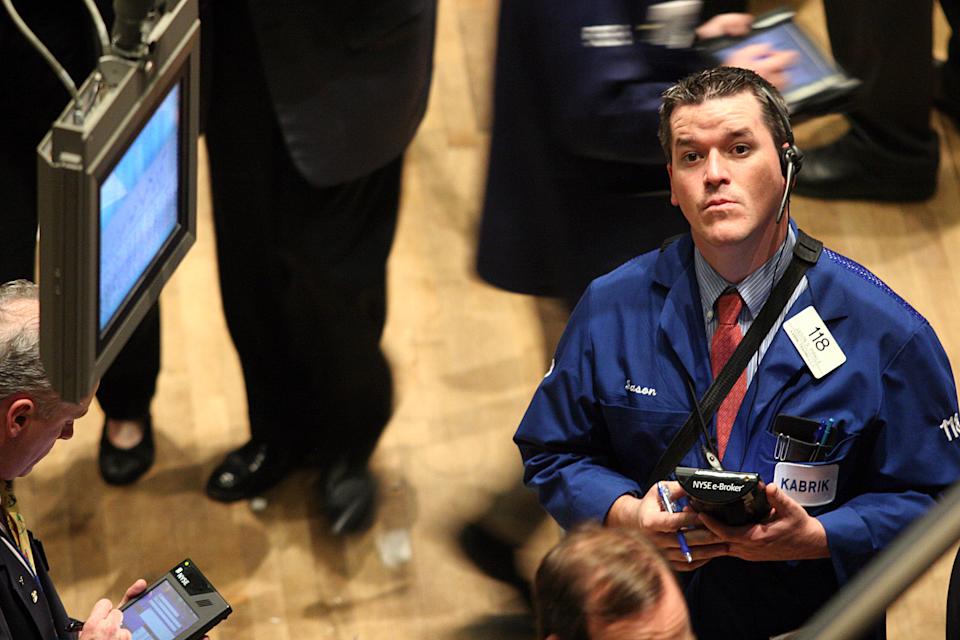The good news for traders: A U.S. recession is almost fully priced into the stock market.
The bad news: It’s not 100% priced in, if history is any guide.
With the S&P 500 down about 19% from its Jan. 3 peak to 3,901, the market is effectively pricing in a 60% to 75% chance of a recession, according to new analysis from Truist Co-Chief Investment Officer Keith Lerner.
Using the historical average and median decline around recessions going back to 1948 (see chart below), Lerner estimated that the S&P 500 has another 7% to 13% downside potential from current levels.

Historically, the S&P 500 has fallen an average of 29% around a recession with a median drop of 24%, Lerner noted.
“This would make an unbelievably brutal market feel that much worse — and, of course, markets could go beyond the average,” Lerner warned.

Some historical perspective is important right now as portfolios continue to get battered on a whirlwind of fears such as lasting high levels of inflation, a hawkish Federal Reserve, and poor earnings from retailers Walmart, Target and Ross Stores.
The S&P 500 starts the new trading week on its longest weekly losing streak since the dot.com bubble burst. Meanwhile, the other major indices are sucking wind as well.
The Nasdaq Composite has fallen deeper into a bear market, with the tech-heavy index down 30% from its record high on Non. 19, 2021. While the Dow Jones Industrial Average hasn’t joined its friends in bear market land, it’s in a correction — or down 10% from its highs.
Lerner offered one tiny bright spot to beleaguered traders out there.
“Once stocks have found their low during a recession, the average one-year forward return is 40%,” Lerner stated. “Said another way, even if stocks went down to 3,400, using the average rebound, stocks would be near 4,800. The other thing to remember is stocks tend to bottom several months before a recession is over and often when we hit peak pessimism. This happens when investors think to themselves, ‘I can’t think of one reason for the markets to go up. All the headlines are negative.'”
In this environment, we’ll take the hopeful reminder.
Yahoo Finance’s Emily McCormick contributed to this story.
Brian Sozzi is an editor-at-large and anchor at Yahoo Finance. Follow Sozzi on Twitter @BrianSozzi and on LinkedIn.

Read the latest financial and business news from Yahoo Finance
Follow Yahoo Finance on Twitter, Facebook, Instagram, Flipboard, LinkedIn, and YouTube
Source: finance.yahoo.com
